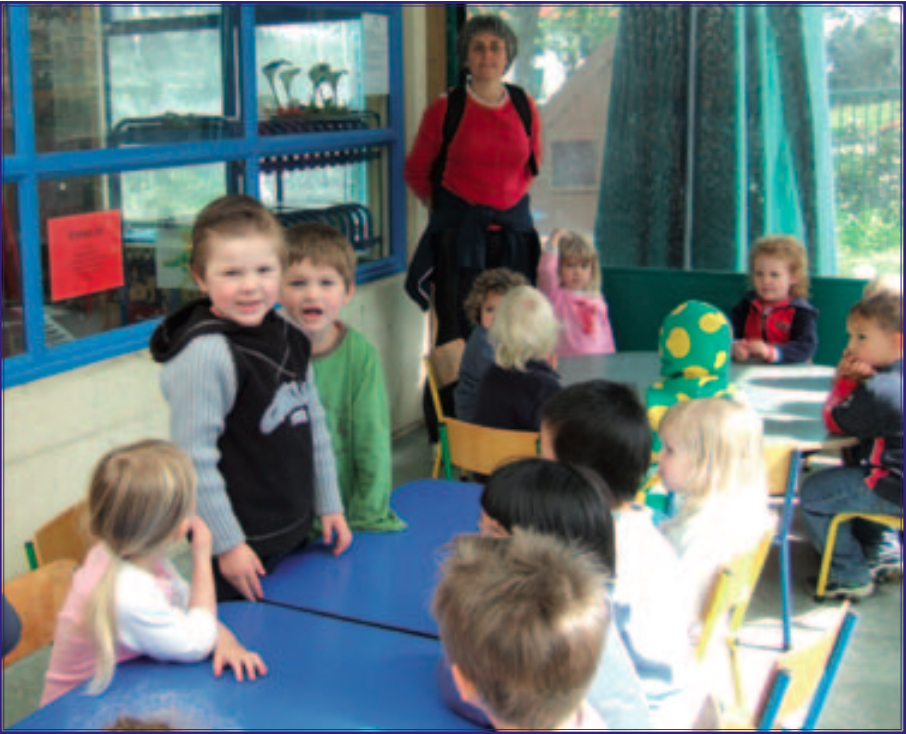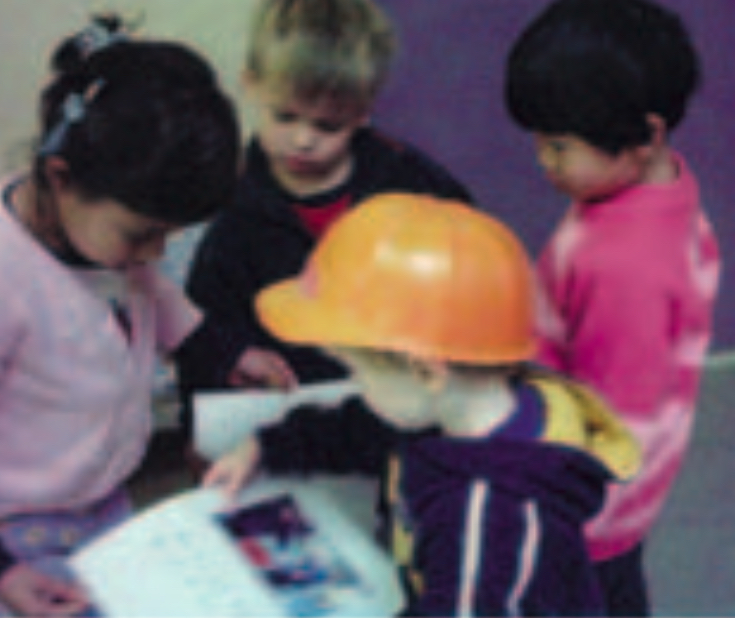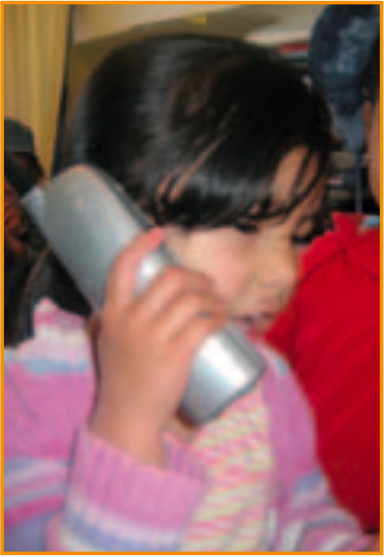Kei Tua o te Pae
Kei Tua o te Pae/Assessment for Learning: Early Childhood Exemplars is a best-practice guide that will help teachers continue to improve the quality of their teaching.
The exemplars are a series of books that will help teachers to understand and strengthen children's learning. It also shows how children, parents and whānau can contribute to this assessment and ongoing learning.
We are making improvements to our download-to-print functionality. So if you want a printed copy there are PDF versions available at the bottom of the main cover page.
The three domains of Contribution – Ngā rohe e toru o te Mana Tangata
Te Whāriki elaborates on the Contribution/Mana Tangata strand as follows:
The three interwoven domains of Contribution/Mana Tangata are described (as goals) in the English text of Te Whāriki, and each domain includes indicative learning outcomes.
The exemplars presented in this book can each be allocated to one of these three domains.
-
Equitable opportunities for learning
-
In this domain of Contribution/Mana Tangata, the emphasis is on the recognition of (and action towards) children’s rights and responsibilities, together with early perceptions of and responses to diversity, inclusion, and fairness. Assessments give value to and record actions that are associated with children’s increasing confidence to stand up for themselves and for others when they perceive that justice is threatened. Creating an environment that is characterised by mutual respect supports children to take on this role. Such an environment goes hand in hand with assessments that show children developing attitudes and social skills in these areas.

In the exemplar “Becoming part of the group”, Hamish is developing a number of strategies for achieving inclusion in the group. The annotation notes that, in New Zealand, where early childhood transitions often occur on birthdays and result in close companions being left behind, there are many opportunities for children to develop useful strategies to help them adjust to and fit in with new situations. In “Stevie and the pirate ship”, the teacher helps the children to learn to stand up for themselves. “Whakapai kai” is about a child taking responsibility for ensuring that his culture is included in the routines of the centre, and in “Osmana’s view”, the teacher is puzzling over how to respond to cultural differences in ways of expressing thanks for food.
-
-
Affirmation as individuals
-
Working theories about the self as capable and competent are the core of this domain. Children are developing an awareness of some of their strengths and a perception of themselves as capable of developing new interests and abilities.
Assessments are specific about children’s strengths and suggest ways forward for their development.

“Zachary dancing” is an exemplar that affirms Zachary’s special interest in dancing, an interest that he is comfortable to develop both at home and at the early childhood centre. “A grandfather’s letter” lists the valued learning that a grandfather identifies in his grandson’s profile book. In “Teaching others”, Bianca takes responsibility for helping others learn and sees herself as a competent teacher and learner.
-
-
Learning with and alongside others
-
This domain of Contribution/Mana Tangata is about children’s growing capacity to develop relationships with other people who are different from them in diverse ways. Relationships between teachers and children, and between teachers, provide models for the social skills and attitudes that support this capacity.

Assessments give value to relationships and highlight successful strategies for initiating and maintaining episodes of social interaction and for coping with conflict in peaceful ways. Indicative outcomes for this domain also include children developing “a sense of responsibility and respect for the needs and well-being of the group, including taking responsibility for group decisions”, an outcome that is woven across all the domains of Contribution/Mana Tangata and indeed across all the strands of Te Whāriki. In the exemplar “Developing friendships”, three boys whose home languages and cultures are different – one from Malaysia, one from Afghanistan, and one from Kosovo – are good friends. “Mahdia’s story” is about an early childhood centre where the children demonstrate a caring attitude, and “Blocks and beads” describes the social interactions of two children building collaboratively. “The three friends” is an example of a group’s involvement in a sewing project (begun by the grandmother of one of the children) that extends from children to their peers, their teachers, and their families. “A business venture” is an example of another collaborative project. Toddlers paint together and learn from watching each other in “The artists”. Finally, an amalgamation of two stories, a year apart, in “Issy’s new role” illustrates the power of documentation in describing continuity.
-
